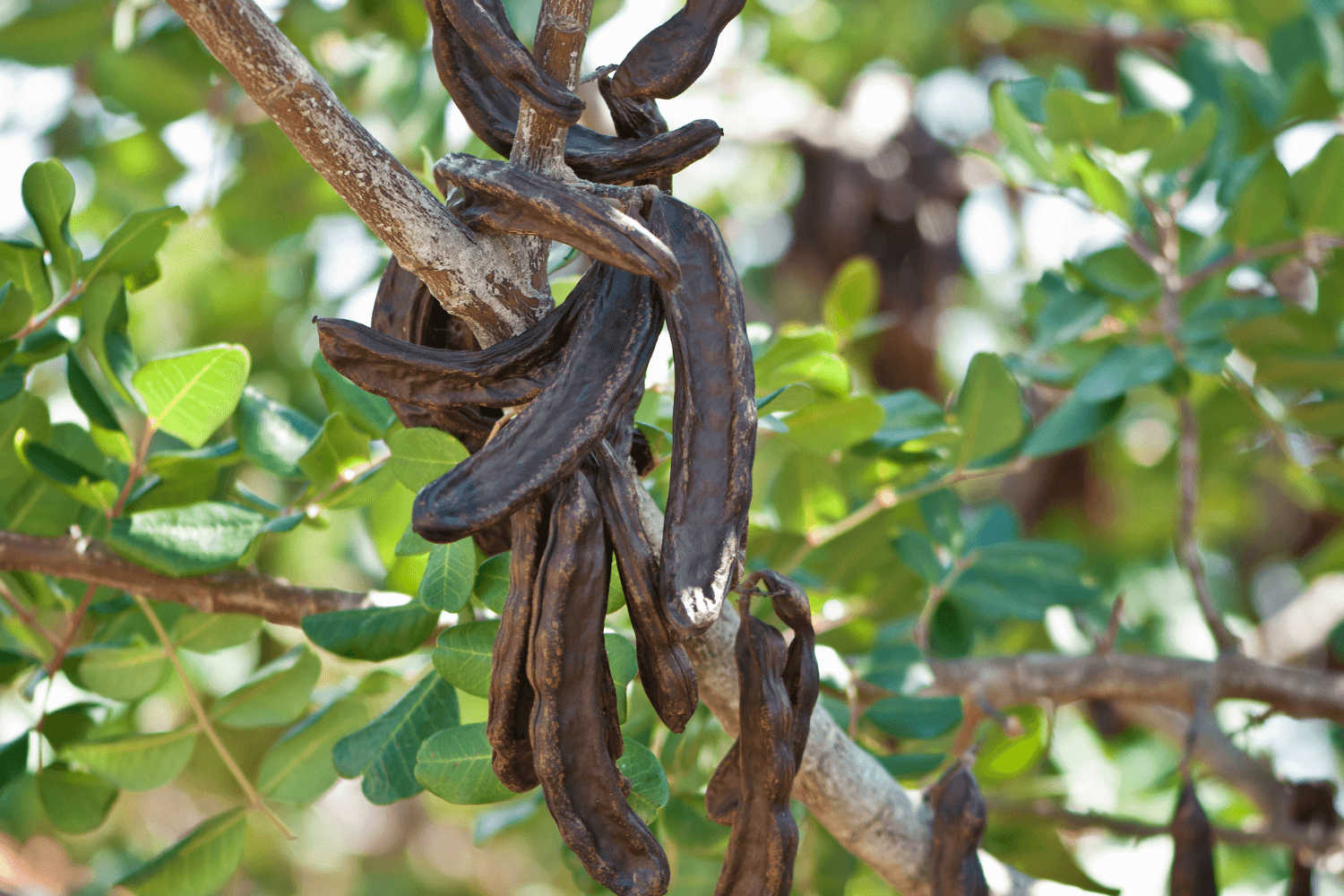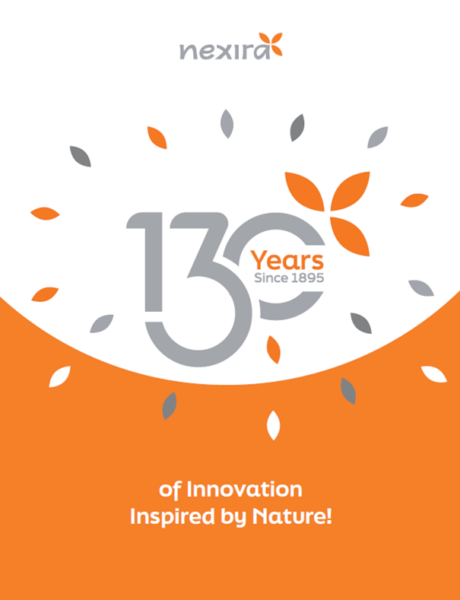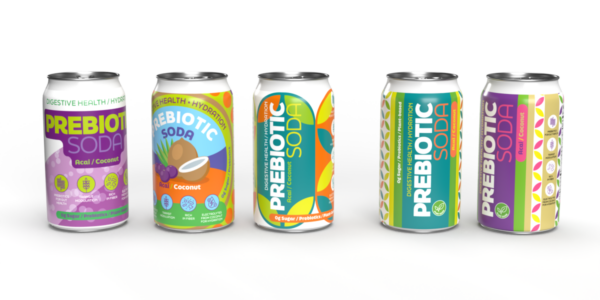From Carob Tree Cultivation to Locust Bean Gum Manufacture
In this article, Nexira invites you to discover the Carob cultivation. This passionate culture, which is predominantly Mediterranean in origin provides us with precious locust beans. Nexira extracts the best from this natural treasure to manufacture premium locust bean gum in its Swiss plant.
The Carob Tree: A Multifaceted Culture
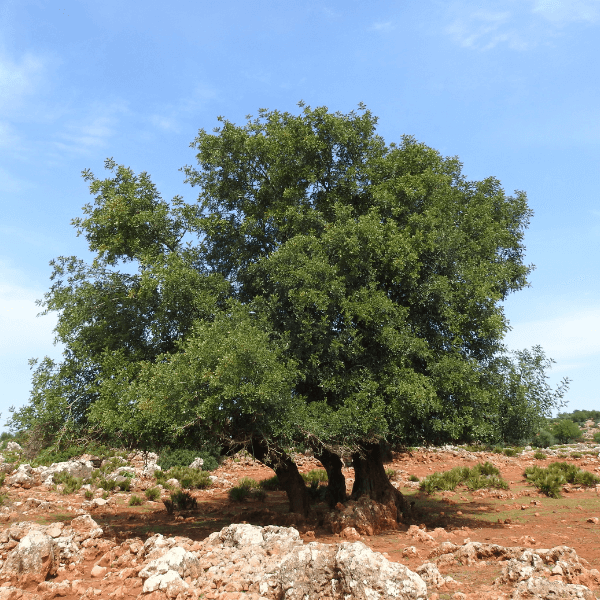
The carob tree (Ceratonia siliqua L.) has benefits that are interesting both ecologically (Drought tolerance, contentment with poor and rocky soils, tolerance of temperatures from -6 to 50°C), biologically (nitrogen fixation, resistance to fire, mutilation and disease), agronomically (high yield in arid zones in comparison to olive trees, almond trees, soft wheat and barley) as well as socio-economically (source of stable income for the local population, contributes to the development of national and regional economy).
The carob tree does not shed its leaves in autumn, but rather in July every two years, the latter are then partially renewed in spring (March – April).
The trunk is large and twisted, the bark brown and rough. The abundant foliage forms a wide crown.
This 6 to 17meters-tall tree with a shrubby appearance can survive for up to 200 years. Its trunk is massive and twisted, together with a broad crown.
Did you know? The word “carob tree” comes from Arabic (الخروب /xarūb). Its generic name Ceratonia comes from the ancient Greek κεράτια meaning “little horn” in reference to its carobs, pods in the shape of horns when ripe.
The Harvest of The Precious Fruits, The Pods!
Originally from the Middle East, the carob tree is now widespread throughout the Mediterranean basin (Spain, Portugal, Morocco, Greece, Italy…). Nexira rigorously selects carob producers for their quality, reliability and commitment.
The carob tree is dioecious, that means that the ratio of male and female trees is 50/50 (However, there are polygamous and/or hermaphroditic plants).
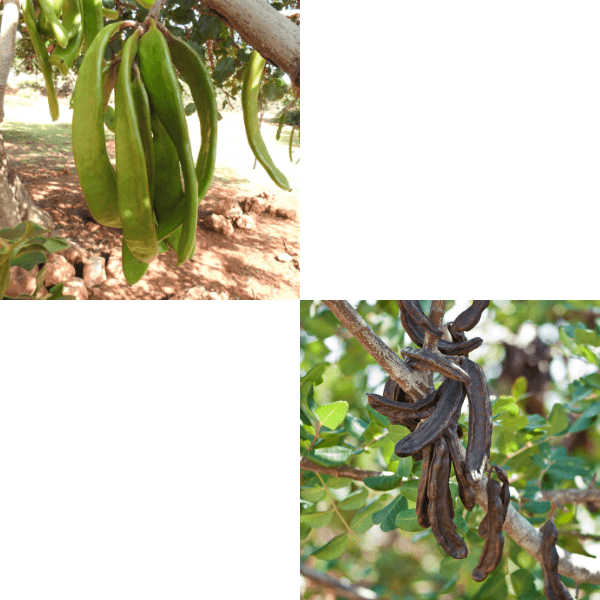
The pods or carobs, whose development is very long (10 to 11 months), are indehiscent, 10 to 30 cm long by 1.5 to 3 cm wide, hanging down.
First green in November-December, they turn dark brown in July of the following year when they are ripe.
Each carob weighs about fifteen grams, contains fleshy pulp (80 to 90%) and 10 to 15 seeds (10 to 20%) hard, impermeable, of a beautiful dark brown, shiny and of regular weight.
The tree begins to produce fruits, the pods, from the age of 6 years. Production increases gradually with age and stabilizes at 40-50 years with a production of 100 to 200 kg/tree.
Did you know? The size and weight of the seeds being very regular (about 0.20 grams), they have been used as a unit of measurement since Roman antiquity and are the origin of the unit of measurement in the trade of precious stones, the carat. This represented the weight of a carob seed.
Separation of The Pulp and The Seeds: A Purely Physical Process
After harvest, carobs have a high humidity level (10-20%) that varies depending on harvest conditions and autumn rainfall. The pods require further drying and are stored under cover in dry, ventilated places.
To separate the two main components: pulp and seeds, the carobs are crushed mechanically, then the seeds are removed. Nexira receives the seeds in the factory in Switzerland and process them mechanically to obtain Locust bean gum using purely physical method.
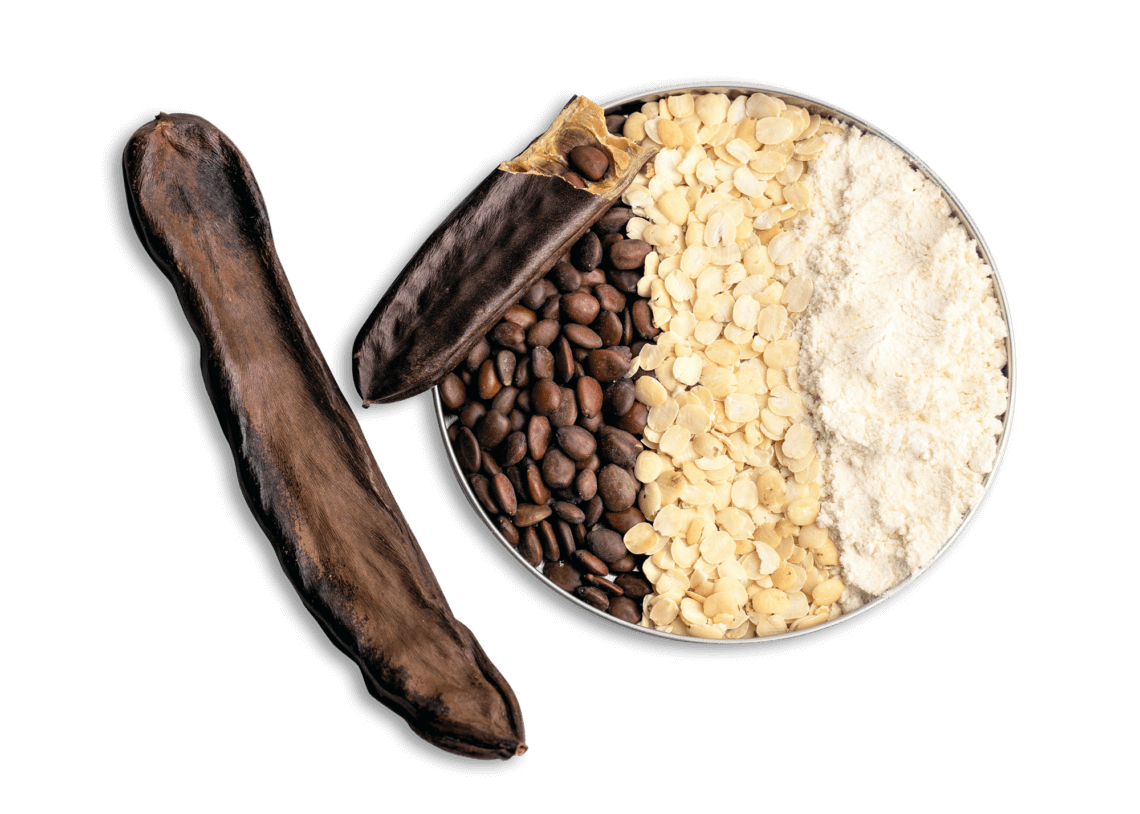
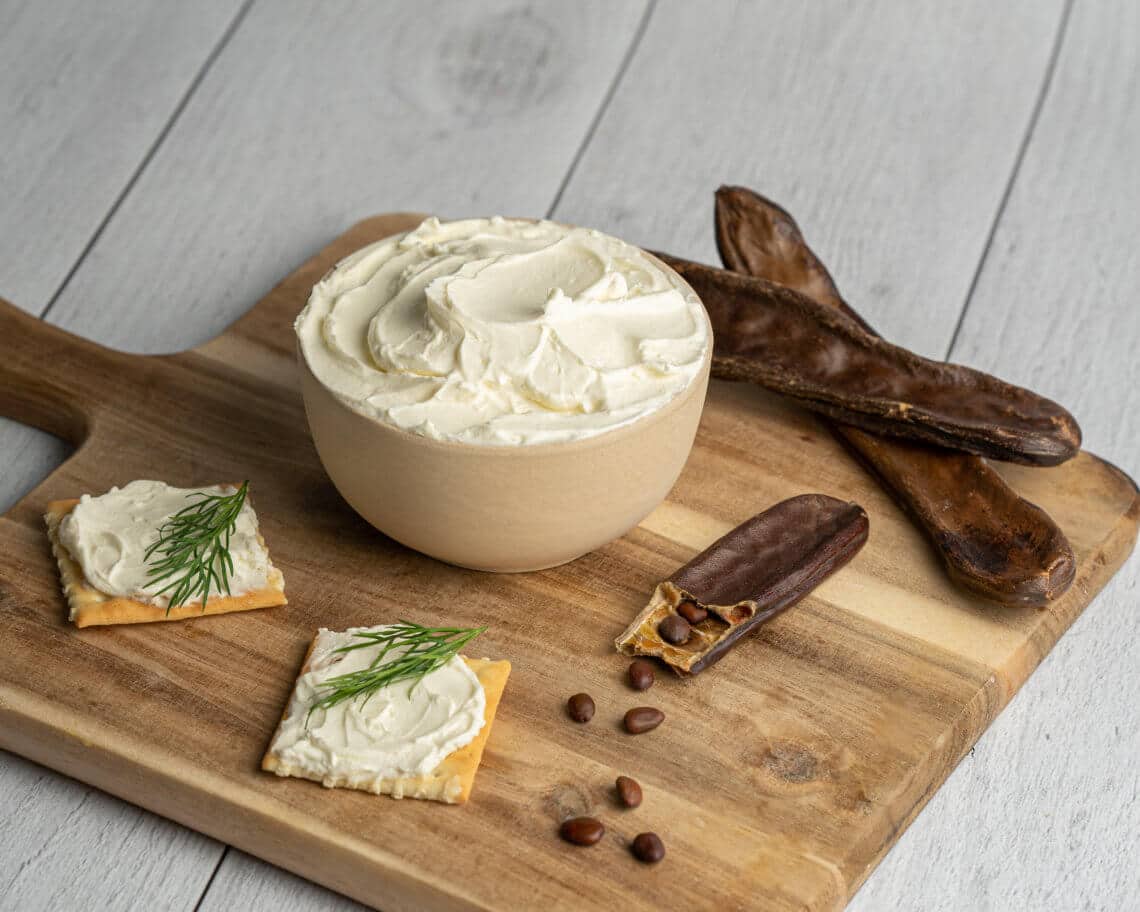
From dairy alternatives to sauces, Nexira’s premium locust bean gum is easy-to-use in a wide array of applications.
Ready to formulate?
This communication is not intended to the final consumer. It provides scientific information for professionals only. Communications to the final consumer have to be checked according to local regulations in force, since the conditions of use are beyond our control. This statement has not been evaluated by the FDA. This product is not intended to diagnose, treat, cure, or prevent any disease.
